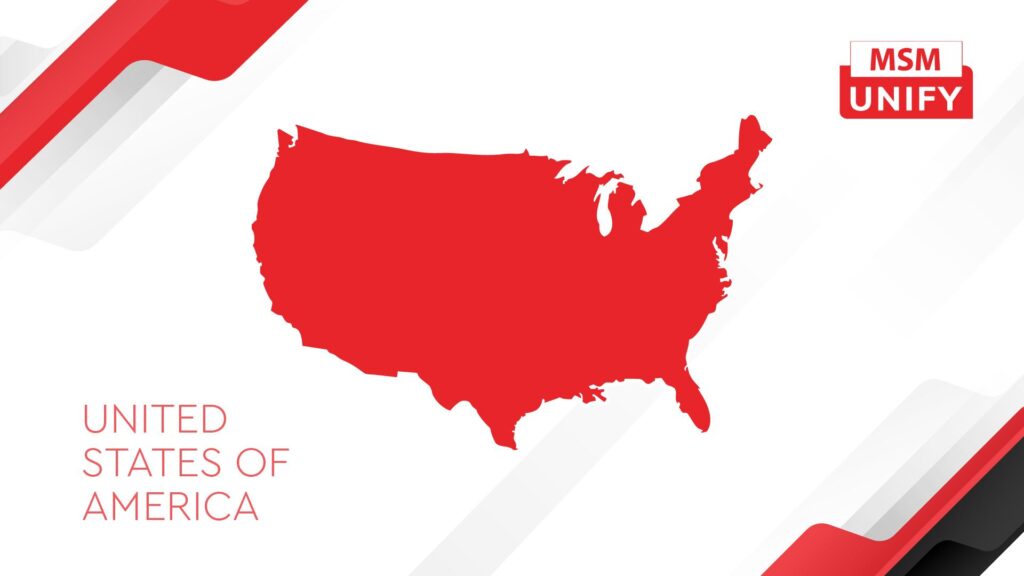-
Countries
-
UniversitiesUniversities in CanadaUniversities in UKUniversities in USAUniversities in AustraliaUniversities in GermanyUniversities in IrelandUniversities in FranceInstitutions in New Zealand
-
CoursesOn-campus courses
Featured programs
Business
Hybrid coursesAdministration
Online coursesCertification course from IU Germany
Bachelor's Degree
-
Exams
-
Resources
-
Services



